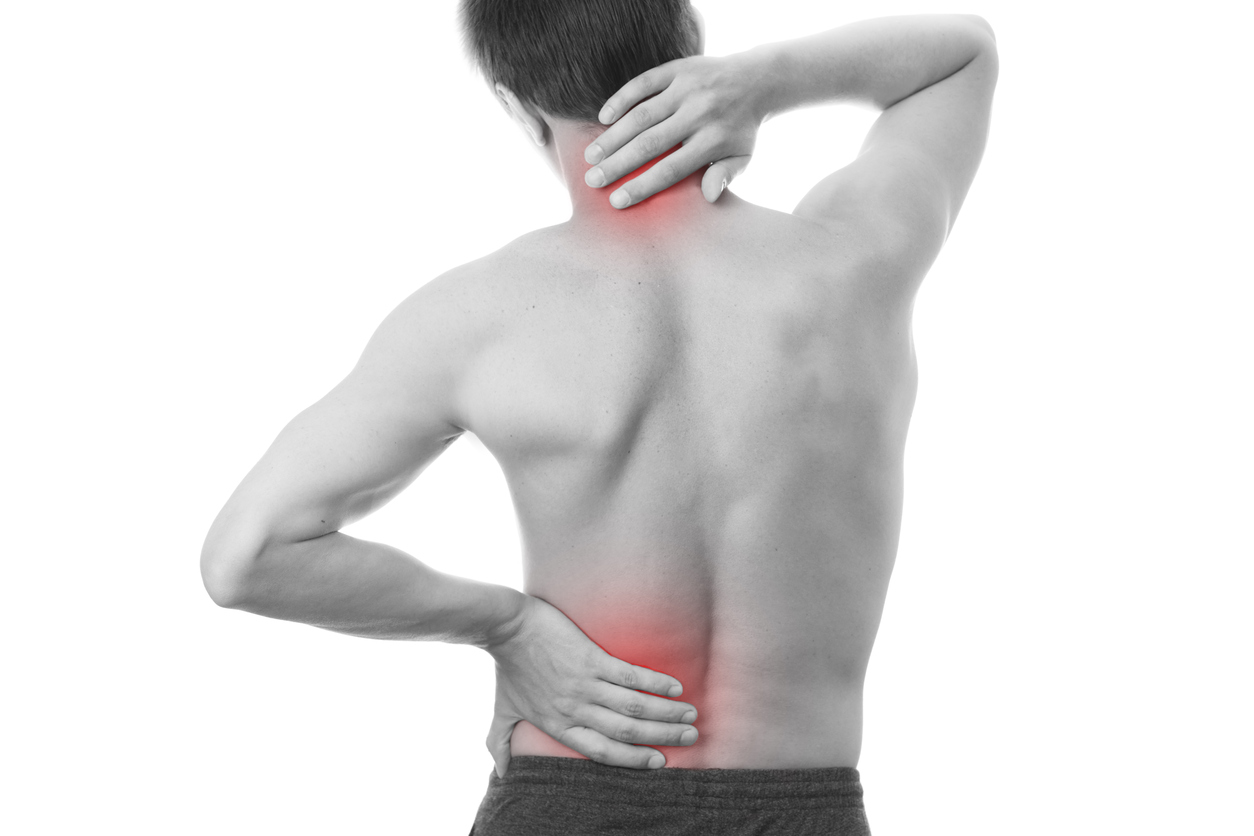 Making sure you have credible information in regards to back and neck pain is essential to improving your chances of recovery.
Making sure you have credible information in regards to back and neck pain is essential to improving your chances of recovery.
With this in mind, allow us to clear up four common myths about neck pain and back pain:
Myth 1: Rest is the best way to treat my pain
Reality: A short period of bed rest may reduce acute neck or back pain, but it is typically advised to limit this period to no more than two days. Any longer and you run the risk of actually increasing your pain.
Additionally, long-term bed rest or extended periods of physical inactivity lead to muscle stiffness and atrophy. This can result in a frustrating cycle, wherein inactivity increases your pain, and increased pain encourages inactivity.
For most back and neck conditions, physicians recommend a long-term rehabilitation program that includes physical therapy and active exercise.
Myth 2: Your spine is fragile and easily injured
Reality: The surrounding muscles, tendons, and ligaments provide a great deal of strength, flexibility, and support for your spine.
While there are some exceptions (such as an unstable spinal fracture), keeping your spine healthy requires proper conditioning, including daily stretching, muscle strengthening, and aerobic exercises—even when you have a spinal disorder.
Of course, this doesn't mean that your spine is indestructible. Activities that can harm your spine include both poor posture and body mechanics (e.g. improper lifting technique). Additionally, other lifestyle choices like smoking, lack of sleep, and poor nutrition can negatively affect your spine.
However, you typically don't need to worry that your spine is too fragile to engage in spine-friendly exercises.
Myth 3: The doctor didn't find anything wrong, so the pain must be all in my head
Reality: Pain is always real. Put another way, your physician may not be able to find the anatomical cause of your pain, but the pain still exists.
As far as chronic pain goes (e.g. pain that lasts more than 2 to 3 months), it's important to be proactive. While psychological factors (such as depression) will often need to be addressed as part of a comprehensive treatment program, it is also important to search out non-surgical treatment options to help alleviate the pain.
Myth 4: My parent(s) had a back or neck condition, so I will as well
Reality: There is no genetic predisposition for most back and neck conditions.
This means that you are typically not destined to be a victim of the cruel hand of genetics when it comes to back or neck pain. However, many poor lifestyle choices can be passed down from generation to generation.
So instead of worrying about genetic predispositions, it is best to focus on being proactive when it comes to protecting your neck and back. One key element of this is to ensure you sit with good posture. This means sitting tall with your shoulders back and your head in a neutral position over your spine.
Dealing with back and/or neck pain is a long-term vocation, not a short-term assignment. So you need to educate yourself with correct information to ensure your continued health.
Reading this blog was a good first step, and you can continue to find trusted information throughout our site.













